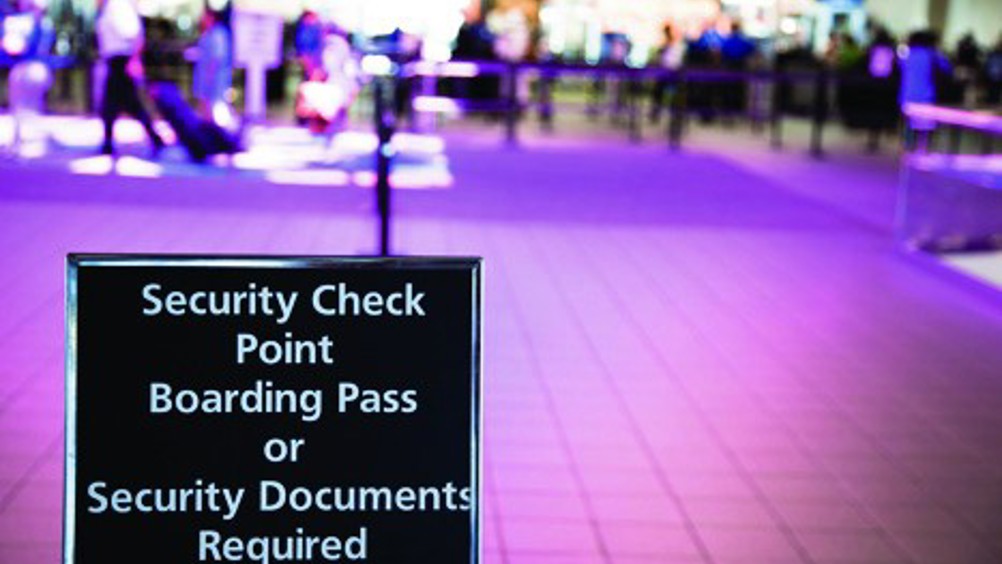Airport scanner technology uses X-ray diffraction to identify materials and detect explosives
An X-ray scanner that not only produces an image of an object but can also identify precisely what material it is made of, is being developed for use in airport security.

The scanner, which is being developed by researchers at Nottingham Trent and Cranfield Universities, can identify the presence of hidden explosives or illegal drugs in milliseconds.
The conventional X-ray scanners used in airports produce an image of an object and can identify broadly whether it consists of metal or organic material, but they cannot determine definitively what substance it is made from, according to Prof Paul Evans at Nottingham Trent University.
“You therefore have problems discriminating between explosive substances and other substances,” said Evans, who developed the technology alongside Prof Keith Rogers at the Cranfield Forensic Institute.
This can lead to false alarms, where passengers and their items must be searched by hand, slowing down security checks and creating long queues of frustrated passengers.
The new technology, known as Halo, uses the way an object diffracts, or scatters, X-rays to identify precisely what it is made of, in just 100 milliseconds.
X-ray diffraction is used widely in laboratories to identify materials. However, the process traditionally uses a thin beam, low power X-ray, which takes a long time to collect the desired information.
Register now to continue reading
Thanks for visiting The Engineer. You’ve now reached your monthly limit of news stories. Register for free to unlock unlimited access to all of our news coverage, as well as premium content including opinion, in-depth features and special reports.
Benefits of registering
-
In-depth insights and coverage of key emerging trends
-
Unrestricted access to special reports throughout the year
-
Daily technology news delivered straight to your inbox










Water Sector Talent Exodus Could Cripple The Sector
Maybe if things are essential for the running of a country and we want to pay a fair price we should be running these utilities on a not for profit...